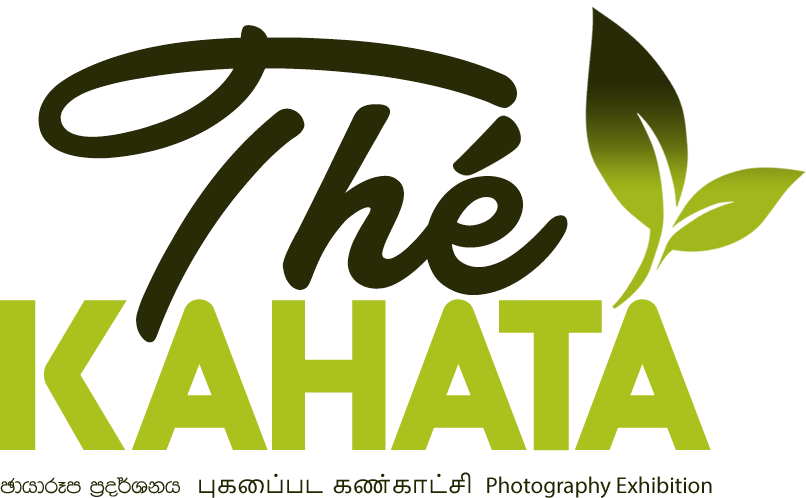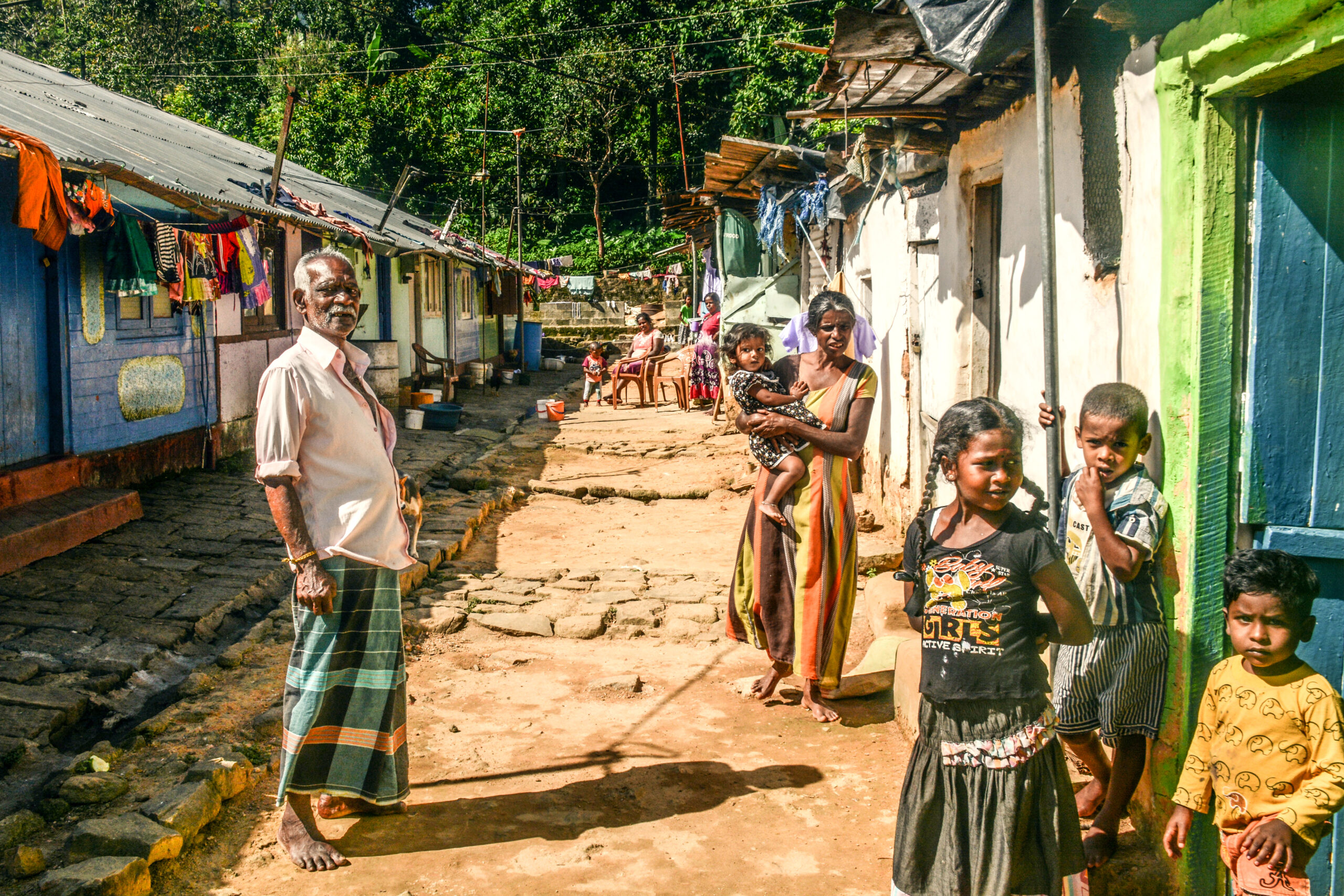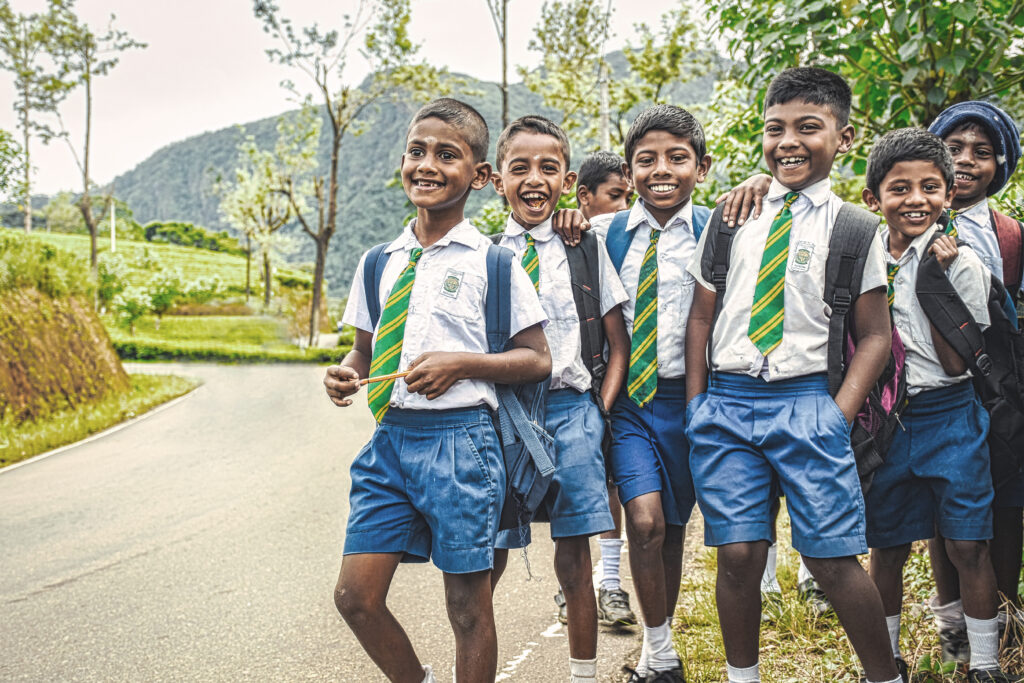The photographic exhibition called “Thé Kahata”
A couple of years ago, I toured the hill country along with a few colleagues as we had a new programme in mind. The first step was to find a number of youth, candidates for this project. We had given them some prior notice and there was a large number of eager applicants waiting for us at the allocated locations. In fact, there had been a notice circulated which said “We are seeking applicants from among estate sector youth for a new programme in Photography training”
The youngsters who had turned up represented Atampitiya and Uva Highlands Estates in the Badulla district and Logie and Holyrood Estates in the Nuwaraeliya district. They came hugging their certificates, awards, and files of their credentials. Finally, we had to shortlist ten applicants from each estate, making a total of forty.
So this is how the Thé Kahata exhibition started out.
These youngsters had never touched or possibly even seen a digital camera, and may have not dreamed it possible that at the end of the programme their works would be displayed in areas around the country and finally in the famous Lionel Wendt Art Centre in Colombo. “We must never stop dreaming, dreams provide the nourishment for the soul just as a meal does for the body,” the famous writer Paulo Coelho had said, and we retold this to our young team, because for any success to be achieved there has to be a faith in dreams. Regardless of the many challenges and obstacles faced nevertheless they persevered with determination in following their dream.
The curriculum included such areas as foundational photography skills, art, use of art for social change, and conflict and conflict analysis and we shared materials with them on these areas. Thus began the deep discourse which expanded their social and political consciousness. The result, citizens with social responsibility. The discussion opened with: as a young person or as a photographer what is it we can do? What should we do? And the final decision was unanimous: They would walk through their communities and try their best to capture the hitherto untold stories of their lives, which they would relay through photography. This story which society did not know had to be taken to society, through the visual means. The world knew about the beautiful and famous legend of “Ceylon Tea”- but did it know the backstory of how it comes to you? Within Sri Lankan society was there a discourse of trying to understand the people who carried the burden of tea? As citizens of this country, did they get their place among its people?
That is how we got these youngsters from the hill country together to take their story to the world, through this “Thé Kahata” photography exhibition.
Upto now I have introduced you to this “Thé Kahata.”
Now let’s turn to the present
“Can you share your sorrow and solve your problems? / What do you gain from photographing their problems? /This is also some project/Why does this only show sorrow? /Is there no development in this society? /You have not shown the development of the people in estates?” are some of the comments that reached us during the intervals of the exhibition. From Sinhala society as well as Tamil society, equally. That is true. We know that problems are not solved by taking photographs of them. We know that it is not enough to solve the problems faced by a community for the last 200 years, within one day. We don’t have the power to do that, nor the access to those with that kind of power. While through voting the citizens authority has been derived and a set of representatives are functioning in parliament and in the government, we know that they can address these problems gradually.
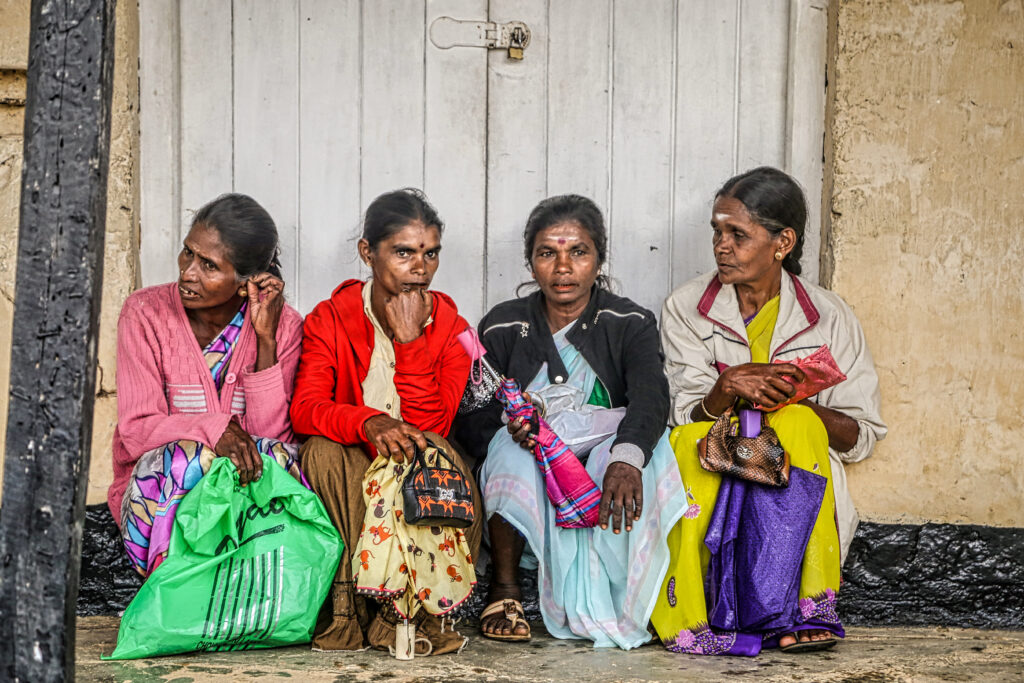
During discussions after the exhibitions in Talawakele and Badulla, the critique from members of the Tamil community was that the development that had happened was not showcased. This question arose in the Colombo exhibition too. On that note, I’d like to share the answer given by S Shri devi who was a young teacher representing the photographers, “What do you actually mean by development? Politicians representing the up country people and people who have left the hill country and gone on to develop themselves, often claim that some development has happened. They may be ashamed to speak about the real situation. This exhibition shows the real situation we faced after trekking through the estates. These are the questions faced by our communities even today. These are not photographs that we have made up. If one person develops himself or herself does it mean that whole of society is better off? We dont want to keep showing these problems again and again. We want to come up with solutions which banish the problems. We want to create awareness in people outside”
In truth what is the concept of development that is in the minds of the upcountry communities? Can you say that a toilet built by some NGO, or a road built by the estate management is development and then wash your hands off the matter? Have the problems of housing, land, education, health etc been properly addressed? Does society outside understand the problems faced by these communities, simply by not having addresses to their homes? While this can be discussed in reports that are pages long, this isn’t the space to do that. The efforts taken by these youngsters is merely to bring this to the attention of society. Revolutionary changes have never happened in society overnight. None of the privileges we currently enjoy as citizens have been won overnight or handed to us on a platter. They have been won by relentless struggles, and by blood, sweat and tears over a long time of effort. It may be that someday they too will be able to enjoy the privileges that we now have.
So this is only a starting point in creating social discourse and some social consciousness towards these efforts.
The struggle continues, where people descend to the roads with our demands written on boards. This struggle is needed. This was an experiment in how the struggle could be helped by art creating awareness using visual support. How do we push a social discourse about problems while ensuring that violence is avoided? We can use non-violent direct actions. How do we do that ? How do we advance people’s attitudes towards that? There is a deep meaning behind the photography exhibition. There is a discourse not visible on the outside.
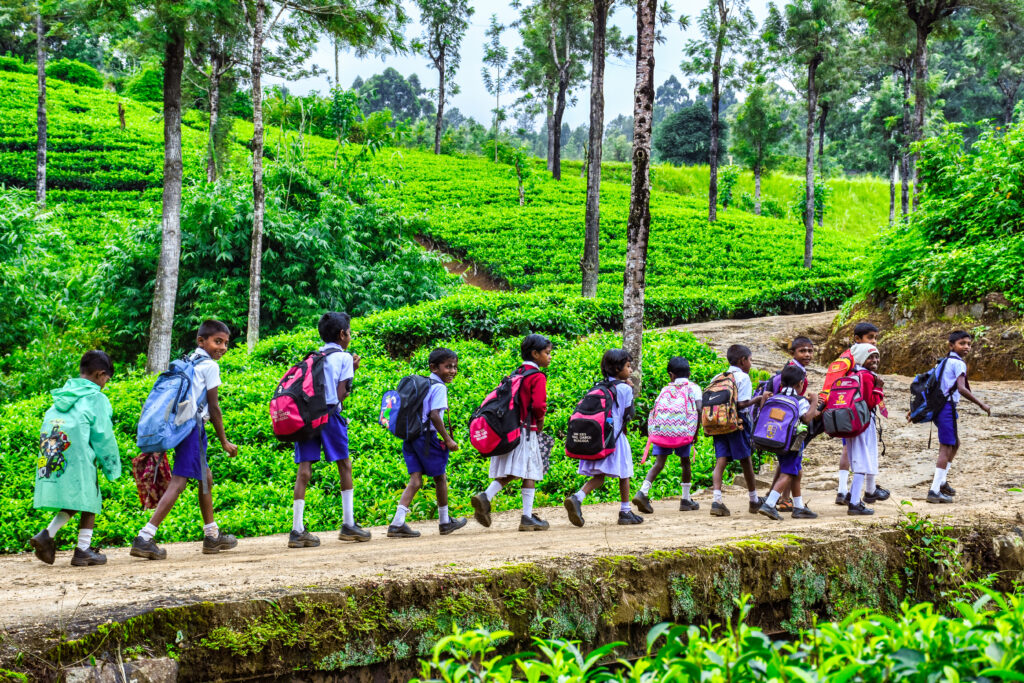
And its true that there are so many poems and songs written about the hill country communities. Some of them are illusions. Some are results. According to American Professor Martha Nussbaum, it is not producing creations that sympathise with some segment of society, it is initiating socio-political development through a sympathetic coverage of their realities, that matters. (Amarakeethi Liyanage, in the foreword to Kayanna Liyaanna) So it is the inquiry on how to bring out such a discourse through such a clear medium as photography as is happening now through this Thé Kahata exhibition.
Here there certainly may be instances of mistakes and omissions in photographic norms. Is this from professional photographers? It’s not relevant as to how long they have been handling cameras, we can understand from subsequent developments that these photographs lead to a certain advancement in social consciousness. There are instances where a community has analysed public life. There are instances where certain cross sections of society discussed this with us with sensitivity. Not only that, there were a number of instances where through social media we were requested to provide information, from many parts of the island. So isn’t this a good start?
I stated all of this not to brag about Thé Kahata. This is a timely intervention to help out our brethren in the estate communities. I wanted to appreciate the dedicated efforts of these youngsters whose names are on the other side of the photographs.
There are a number of people who contributed to this group effort. The main stakeholders are the hill country community, and these youngsters. The support given by all the estate administrations represented by these youngsters was invaluable. The SRP Institute, the Centre for Policy Alternatives, the Uva Shakti Foundation and the Suva Shakti Institute contributed a great deal to the success of this endeavour and prominent photographers Ajith Seniviratne and Nadishka Ranasinghe too gave their fullest support. Apart from that there are many whose tireless efforts contributed to the success of this exhibition. We extend towards them, our unfailing gratitude.
I take your leave with an observation by Professor Sasanka Perera:
“The photos here are an impetus to the initiation of a discourse on the problems of the upcountry communities. I believe these are the most powerful photographs I have ever seen of the upcountry communities and this would be one of the most meaningful discourses opened.”
Finally, I want to say “Thé Kahata” isn’t just a photography exhibition. It is what follows from love, brotherhood and humanity.
Lahiru Kithalagama
Writer/Researcher
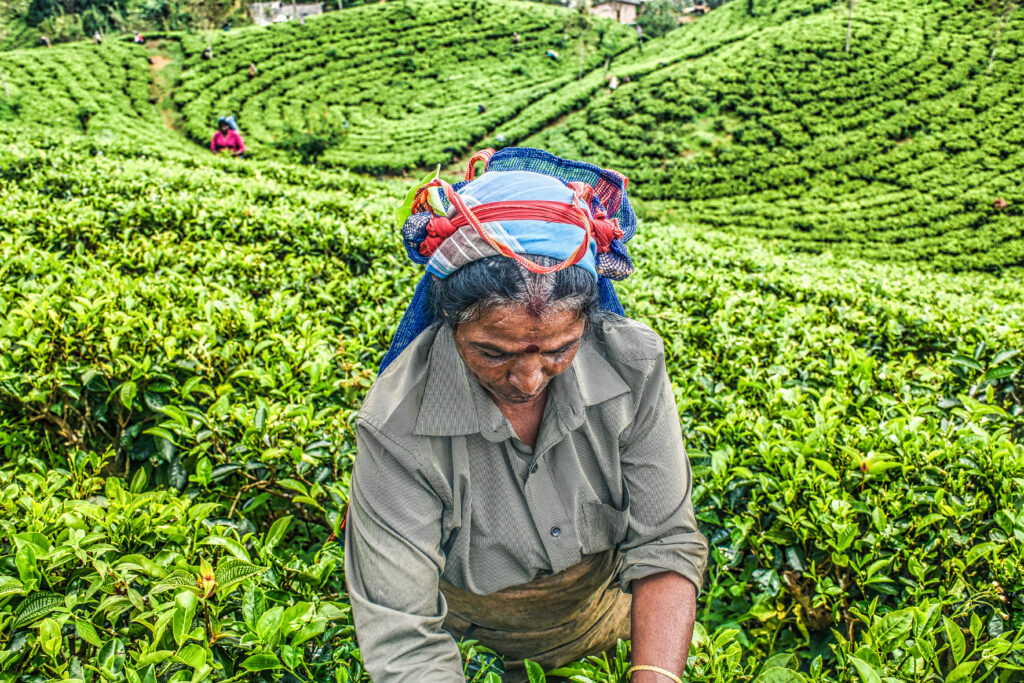 Previous post
The Conscience of the Estate
Previous post
The Conscience of the Estate
